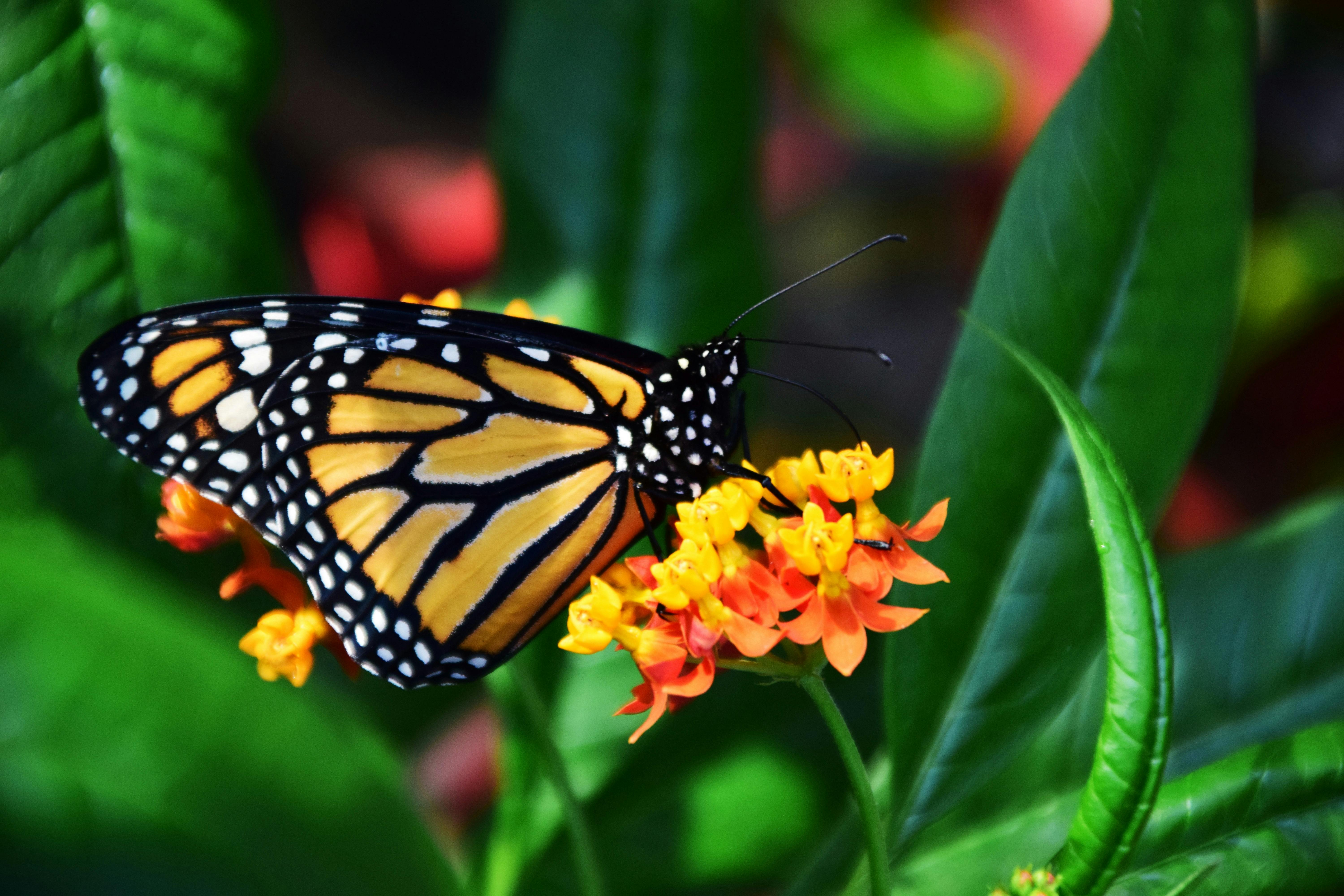Understanding the Transformative Journey of the Monarch Butterfly
As one of nature's most incredible phenomena, the migration of the Monarch butterfly is a spectacle that leaves many awestruck. This article explores the background, recent developments, and fascinating details of this remarkable journey. Strap in for an exciting exploration of one of nature's most fascinating occurrences.

The Miraculous Migration of Monarch Butterflies
Monarch butterflies, known for their striking orange and black wings, are famous for their long-distance migration. Every year, millions of these delicate creatures travel up to 3,000 miles from North America to the warmer climes of Mexico and Southern California, creating a breathtaking spectacle that has captivated observers for centuries.
The Historical Context
The Monarch butterfly’s migration was not widely understood until the 20th century. In the 1970s, Canadian zoologist Fred Urquhart and his wife Norah uncovered the mystery. After tagging thousands of butterflies, they discovered that Monarchs from as far north as Canada were wintering in Mexico’s Sierra Madre Mountains. This monumental finding revealed the incredible endurance and navigational skills of these tiny creatures.
Modern Research and Developments
Thanks to advancements in technology, our understanding of the Monarch butterfly’s migration has significantly improved. Recent research has shown that Monarchs use a complex navigation system that relies on the sun’s position and the Earth’s magnetic field. Despite these breakthroughs, many aspects of their journey remain a mystery, captivating scientists and nature lovers alike.
Monarchs and the Pet Market
While Monarch butterflies are not traditional pets, they have influenced the pet market. Butterfly rearing kits have become increasingly popular, allowing people to witness the life cycle of a butterfly from caterpillar to chrysalis to adult. These kits range from $20 to $50, contributing to the pet industry’s diversity and educational value.
The Importance of Conservation
Despite their resilience and adaptability, Monarch butterfly populations have seen a significant decline due to habitat loss, climate change, and pesticide use. Conservation efforts are now more critical than ever. Planting milkweed, the primary food source for Monarch caterpillars, and reducing pesticide use are simple actions that can support these magnificent creatures.
The migration of the Monarch butterfly is a testament to the wonders of the animal kingdom. Their epic journey not only fascinates us but also serves as a reminder of our role in safeguarding the planet’s biodiversity. By understanding their journey and the challenges they face, we can contribute to their survival and the preservation of this spectacular natural phenomenon.




